
OR
Editorial
Driving License Fiasco: A Betrayal of Citizen Trust
Published On: December 25, 2023 07:07 AM NPT By: Republica | @RepublicaNepal
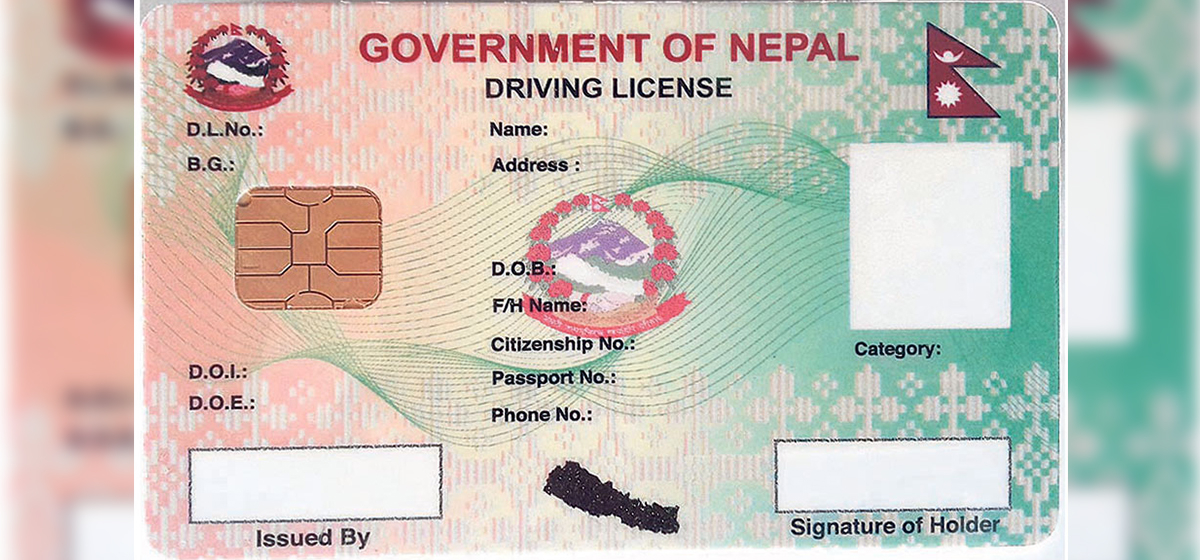
In a shocking revelation, it has come to light that the government has failed to deliver even the most fundamental service – the issuance of driving licenses – leaving a staggering 1.4 million drivers stranded in a bureaucratic quagmire for the past six months. This astounding lapse in governance underscores a profound failure to uphold a basic citizen service, casting a shadow on the efficiency and accountability of the authorities responsible for managing such crucial tasks. The Department of Transport Management (DoTM), tasked with overseeing the issuance of driving licenses, has admitted to printing licenses below full capacity for the last 15 months. However, the situation reached an unprecedented low when the printing process came to a complete halt six months ago, leaving countless drivers, who have successfully passed their tests or sought license renewals, in a state of limbo.
The crux of the issue lies in the scarcity of cards embedded with electronic chips, an essential component for printing licenses. This shortage has brought the entire operation to a standstill, with only a meager number of licenses being printed daily from the limited stock available. The consequence of this lapse is the piling up of a backlog amounting to a staggering 1.4 million licenses, leaving citizens in a state of uncertainty regarding when they will receive their rightfully earned credentials. The DoTM's attempt to mitigate the crisis by issuing temporary licenses is a feeble solution at best. These licenses, susceptible to damage within days, not only compromise the safety and integrity of the licensing system but also reflect a government grappling ineffectively with a crisis of its own making. Officials at DoTM acknowledge the delay, offering assurances that a solution is in the making. However, assurances alone do not suffice for the drivers who find themselves in a bureaucratic maze, anxiously awaiting their licenses. Their promise to commence large-scale printing from January 16 is welcomed, but the question remains: How did the government allow the situation to deteriorate to this point in the first place?
The blame game between the federal and provincial governments further complicates matters. The shift of responsibility for license issuance to provincial governments under the federal structure has led to a fragmentation of efforts, exacerbating the challenges in printing and distributing licenses. In response to this administrative chaos, the federal government has taken back the reins, yet the damage is done. While the DoTM points fingers at card shortages from India's Madras Security Printers, the recent integration of a German company for card supply adds another layer to the already convoluted narrative. The four-month-long process of integrating the new company's cards only deepens the sense of mismanagement and raises questions about the government's foresight in ensuring a smooth transition. It is worth noting that the current machine at the DoTM has the capacity to print 500 licenses in an hour. However, the shortage of cards has severely constrained its operational capabilities, resulting in an abysmal daily issuance of licenses. As a newspaper, we believe that the government must recognize that the provision of basic services is not a privilege but a right for citizens. It is high time that the government reassesses its priorities, invests in robust infrastructure, and restores the faith of its citizens in the system. Anything short of this would be a betrayal of the trust citizens place in their elected officials to ensure the smooth functioning of the state and the timely delivery of essential services like driving licenses.
You May Like This
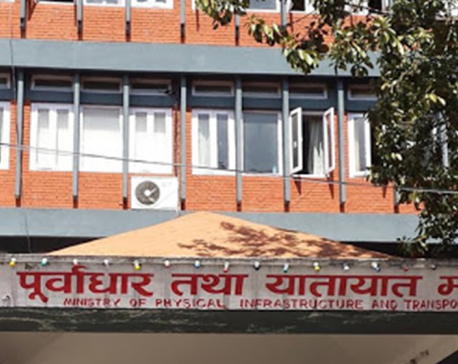
Govt prepares to extend renewal time of driving license to 10 years
KATHMANDU, April 25: The government is going to make the period for renewing driving licenses 10 years from the current... Read More...
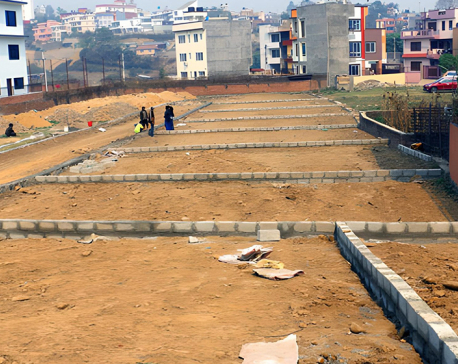
NLHAD requests govt to make license mandatory for those dealing in real estate
KATHMANDU, April 8: The real estate entrepreneurs have demanded from the government to make arrangements for dealing in real estate... Read More...
Just In
- Iran’s president, foreign minister and others found dead at helicopter crash site, state media says
- SC tells government not to distribute forest area to landless squatters
- Govt reiterates its commitment to maintain smooth supply of fertilizers to farmers during upcoming rice plantation season
- SC to conduct hearing on JSP Chairman Yadav's writ petition today
- PM Dahal seeking vote of confidence today
- Rainfall in various places since morning, moderate rainfall likely across the country today
- NVC conducts surprise check at four ministries, finds 16 absent, 78 latecomers
- Nepal-America International Film Festival on June 20-23




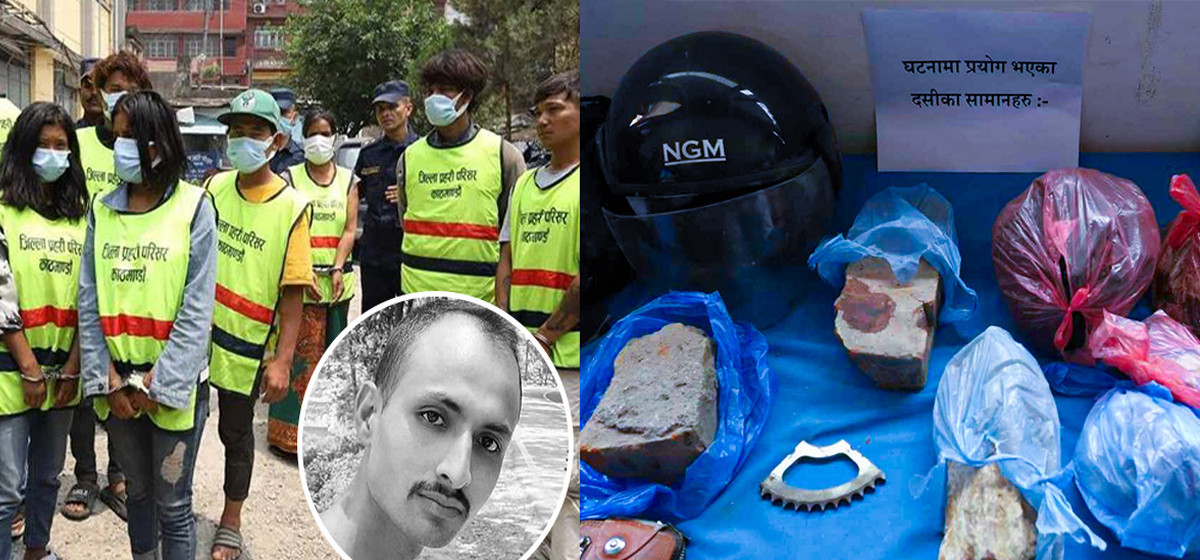



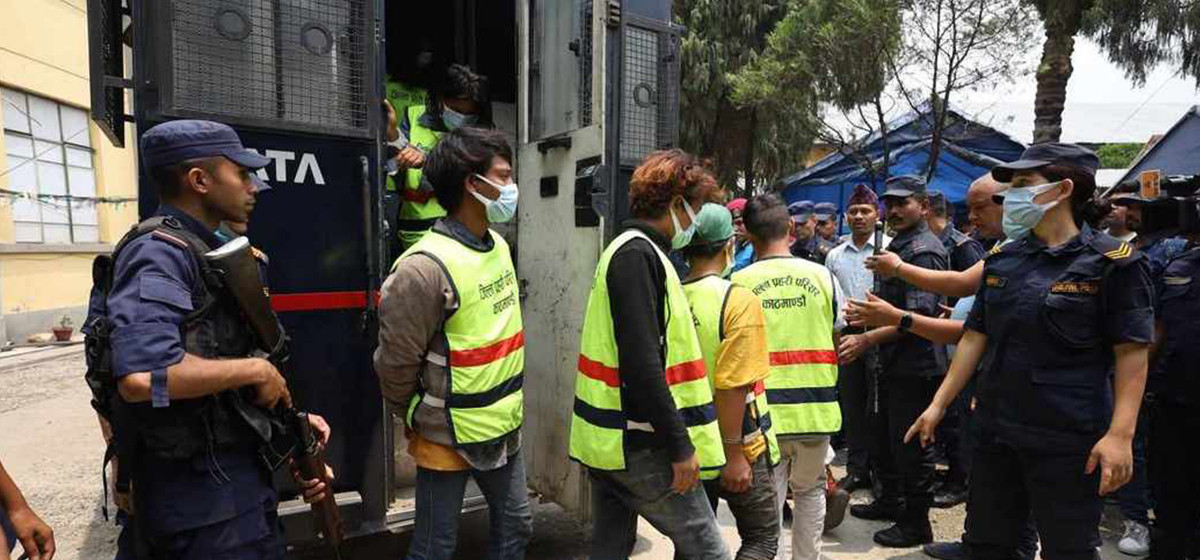



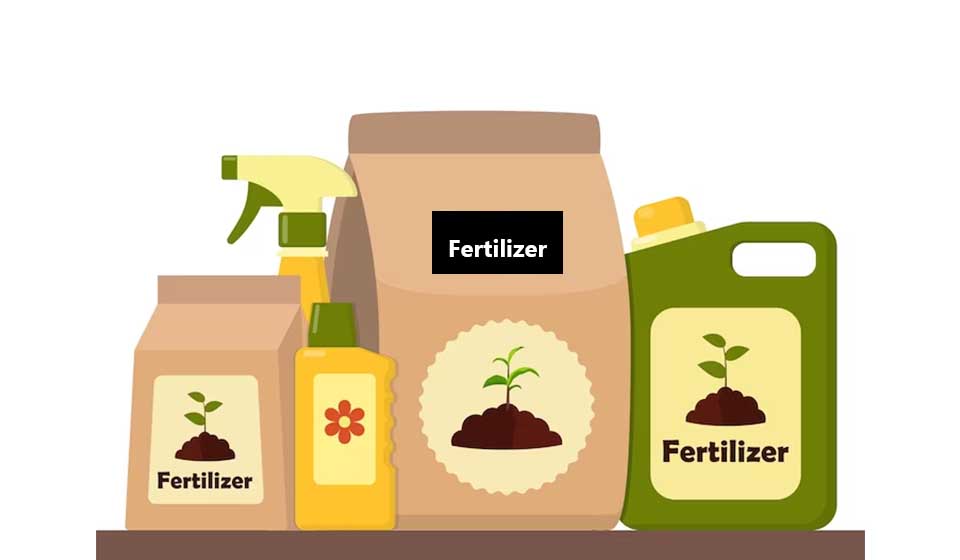
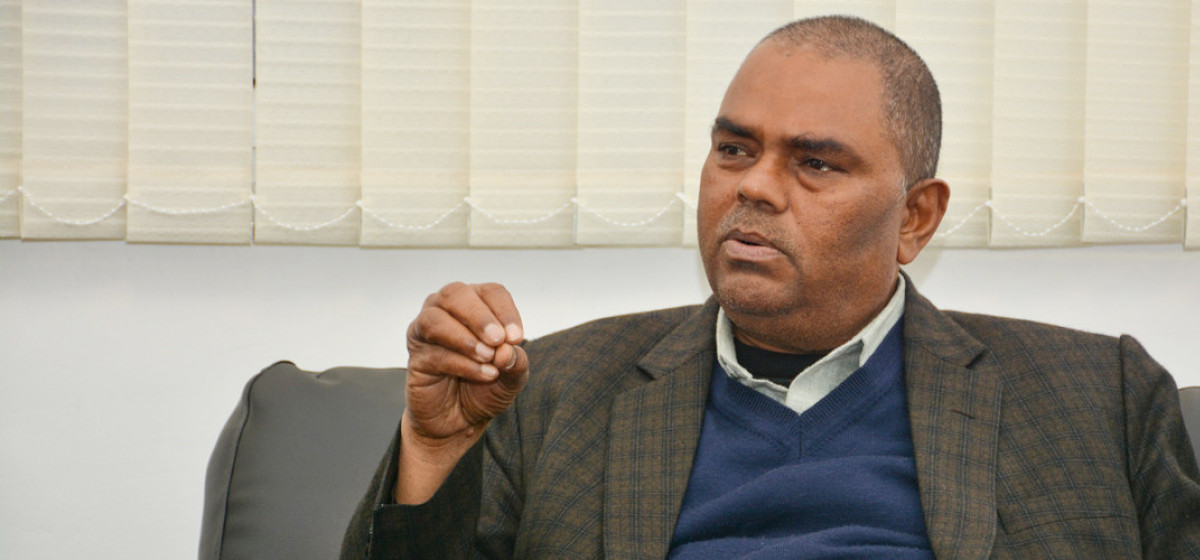
_20230830114144.jpg)

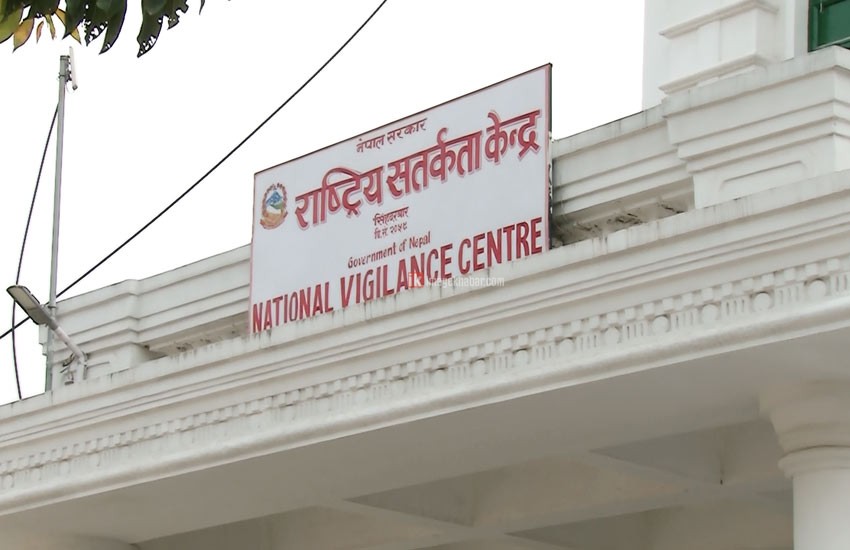

Leave A Comment